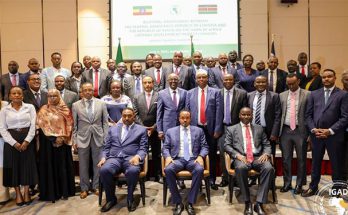 For LED lighting systems a model regulation will be published by, a public-private partnership led by UN Environment called the United for Efficiency initiative, for use by interested countries. It is expected to contain all the essential pieces of information like description of what to cover, definitions, test methods, minimum efficiency levels, and a set of common-sense minimum quality and performance requirements along with market information that will help ensure consumers have a good with LED bulbs. This model regulation will be provided to United for Efficiency partner countries in Asia, Africa, and Latin America. In addition, countries that implement the regulation in a harmonized manner will reduce trade barriers and provide opportunities for sharing resources, such as testing facilities.
For LED lighting systems a model regulation will be published by, a public-private partnership led by UN Environment called the United for Efficiency initiative, for use by interested countries. It is expected to contain all the essential pieces of information like description of what to cover, definitions, test methods, minimum efficiency levels, and a set of common-sense minimum quality and performance requirements along with market information that will help ensure consumers have a good with LED bulbs. This model regulation will be provided to United for Efficiency partner countries in Asia, Africa, and Latin America. In addition, countries that implement the regulation in a harmonized manner will reduce trade barriers and provide opportunities for sharing resources, such as testing facilities.
The model regulations are not only supported by leading environmental groups such as the Natural Resources Defense Council (NRDC), UN Environment, and various national governments, but also by leading lighting manufacturers.
One of the fastest and cheapest ways to deliver massive carbon savings and relief to stressed electricity grids commonly found in developing and emerging economies is to shift to energy-saving LED lighting. The goal is to get as many countries as possible to adopt regulations so that, developing and emerging countries don’t become the dumping grounds for incandescents and halogens, or poor-quality LED bulbs. Shifting to more efficient appliances and air conditioners can take more than a decade for the existing stock to turn over, or for the switch to electric cars which will take even longer, installation of more energy efficient lighting can happen far more quickly as the old incandescent bulbs burn out within a year or two.



